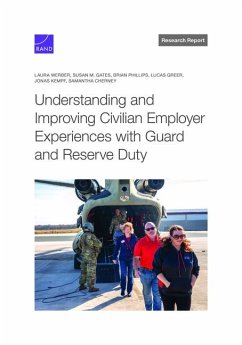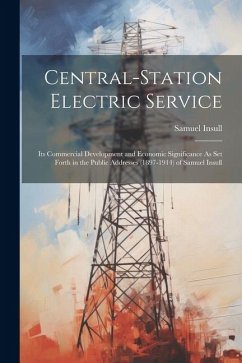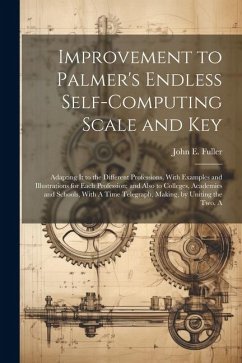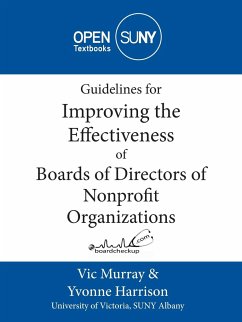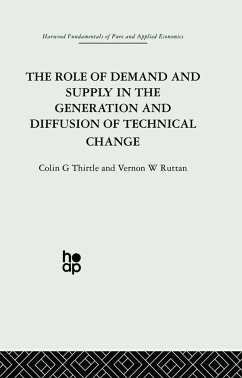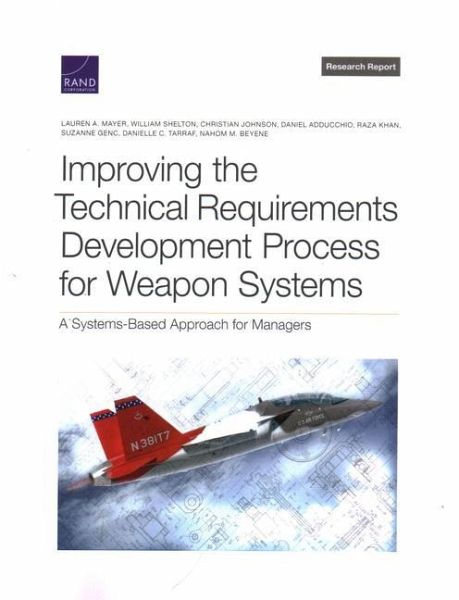
Lauren A MayerWilliam SheltonChristian JohnsonDaniel AdducchioRaza KhanSuzanne GencDanielle C TarrafNahom M Beyene
Broschiertes Buch
Improving the Technical Requirements Development Process for Weapon Systems
A Systems-Based Approach for Managers
Versandkostenfrei!
Versandfertig in über 4 Wochen

PAYBACK Punkte
22 °P sammeln!



Oversights during development of technical requirements for new weapon systems can result in cost or schedule overruns or unsuitable operational performance. This report describes a systems-based approach to help improve this process.
Produktbeschreibung
- Verlag: RAND Corporation
- Seitenzahl: 118
- Erscheinungstermin: 31. Dezember 2022
- Englisch
- Abmessung: 279mm x 216mm x 6mm
- Gewicht: 295g
- ISBN-13: 9781977409782
- ISBN-10: 1977409784
- Artikelnr.: 66499156
Herstellerkennzeichnung
Libri GmbH
Europaallee 1
36244 Bad Hersfeld
gpsr@libri.de
Für dieses Produkt wurde noch keine Bewertung abgegeben. Wir würden uns sehr freuen, wenn du die erste Bewertung schreibst!
Eine Bewertung schreiben
Eine Bewertung schreiben
Andere Kunden interessierten sich für




